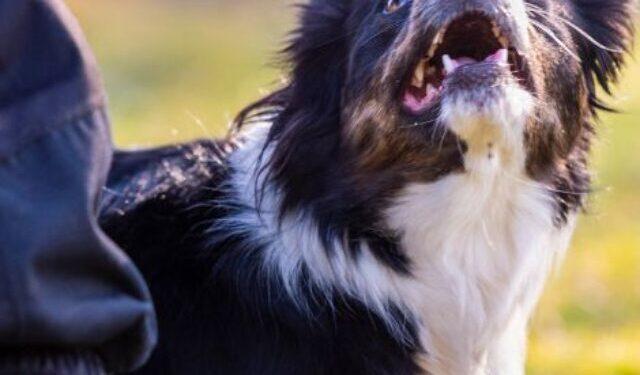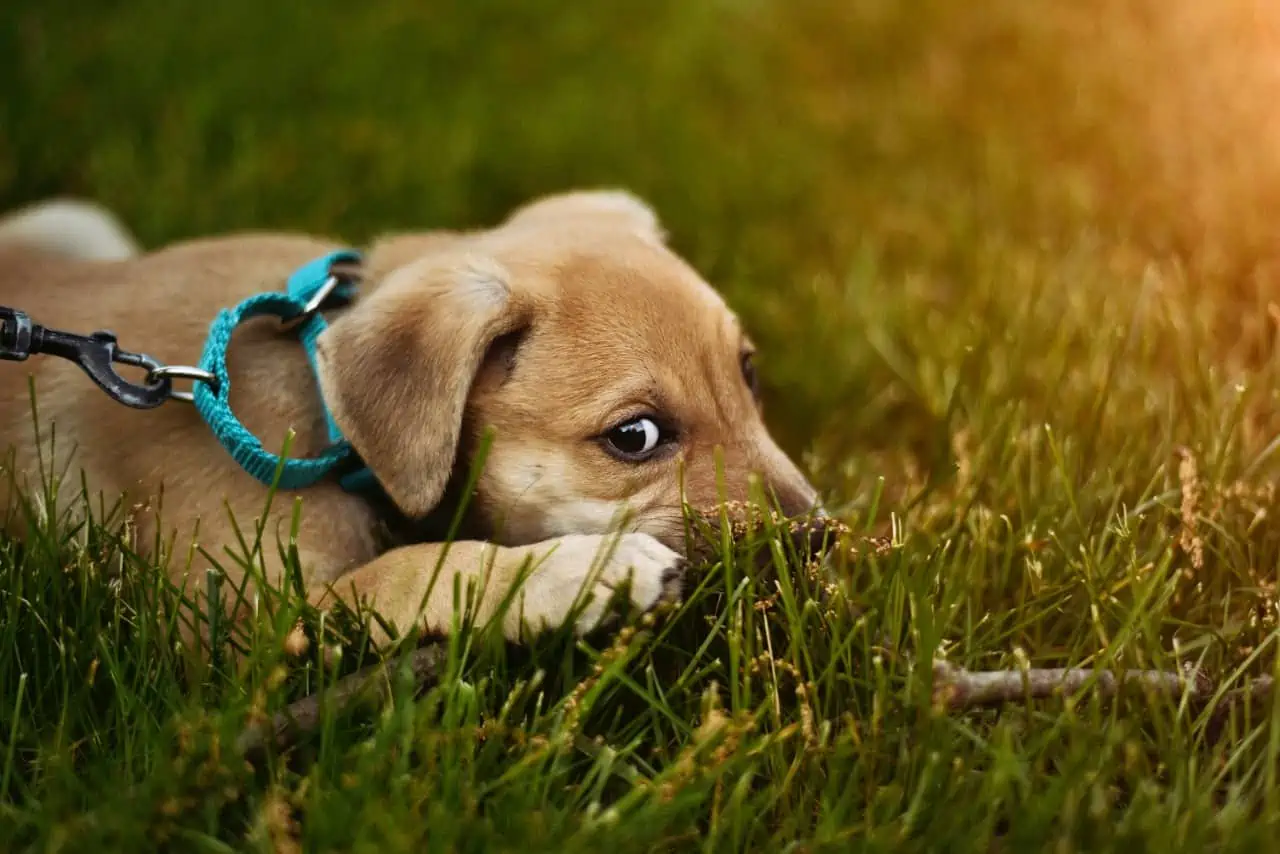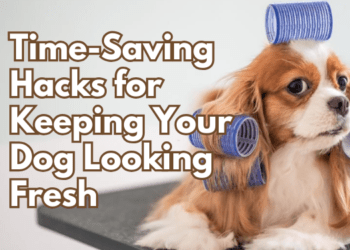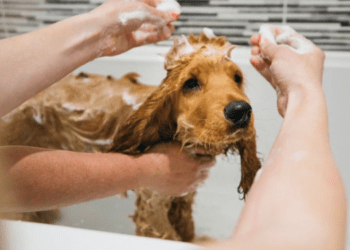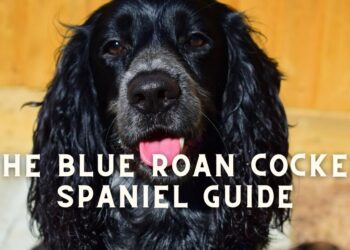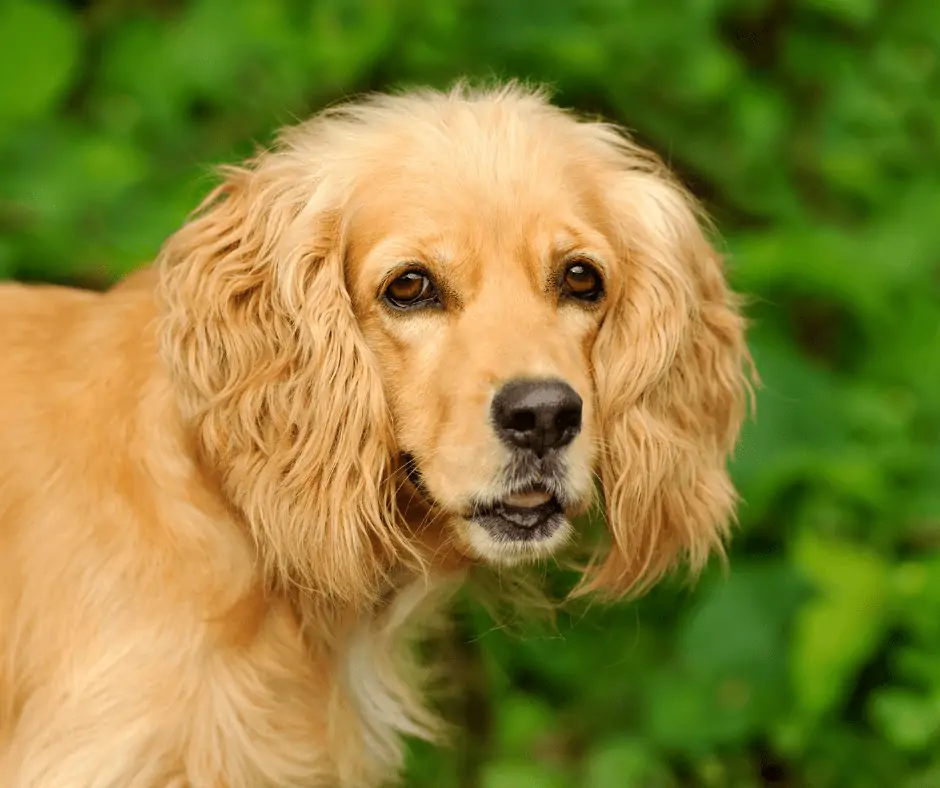Table of Contents
Recovery After Anal Sac Surgery
An anal sac surgery can temporarily disturb due to some surgical manipulation in the perianal area. Pets may experience temporary stool inconsistency after surgery. This includes unintentional defecation. In the majority of cases, the issue resolves with time. However, some dogs may require additional support. For example, you may have to give them a low-fiber diet and create a larger bathroom space.
Things to take care of right after the anal sac surgery
Let your pet rest comfortably indoors for the next 24 hours. Only let them out once they can stand steadily on their feet. Plus, don’t let them access the stairs during the recuperating period.
Pets may appear anxious and unsteady for a few days post-surgery. They may show signs such as whining, lying silently, and making loud noises. This could be due to pain and discomfort. In some cases, it could be due to a side-effect of medications. Call your doctor to adjust medicine dosage or prescribe new drugs.
Keep your dog from running or doing rigorous activities for at least two weeks. You may take them for a leashed walk.
Dogs may limit their eating for a few days. If their eating habits don’t improve within 2-3 days, you must call the primary care veterinarian for evaluation.
Your dog will likely make a bowel movement within five days after surgery. Some animals make it take longer. It depends on what they eat before the surgery. The poop may appear different in color and consistent for 2-3 days. Contact the veterinarian if it doesn’t return to normal after 2-3 days.
Make sure your dog urinates within 24 hours after getting back home.
Taking care of the incision after the anal sac surgery
Check the incision near your pet’s anus twice daily. The incision should be dry with a slight hint of redness alongside the margin. It’s normal for the incision area to be a little swollen or thick on the edges. The redness will go away as the skin heals.
Call your primary care veterinarian if you see any:
- Gapping (the incision cutting reopen)
- Discharge (a small amount of crusting is OK)
- Excessive swelling (a minor swelling near the edges after)
Bruising is common after surgery that resolves within 5-7 days.
A healing incision often itches like crazy; use an E-collar on your pet if possible. This will stop your pet from licking or chewing the incision. Pets often lick their wound during the healing period. This could lead to possible infection.
Clean the area
The anal area can be a little disturbed after the surgery. This could lead to stool contamination in dogs. Therefore, regular cleaning is of utmost importance to manage pain and itchiness. It would help to clean the area by spraying water 2-3 times a day at room temperature.
Alternatively, you can also use a handheld shower. However, make sure the water pressure is low. After cleaning, blot the area with a clean towel. Don’t use disinfectant tissue paper unless your primary care veterinarian suggests it.
Follow a healthy diet
As mentioned above, passing stools could be more challenging for the first few days. Your dog will likely pass the stool within five days of surgery. However, it would help if you made some changes in the diet to make it easier for your dog to pass stool.
Add fiber to your pet’s diet for the first 3-4 weeks of surgery. Fiber increases the bulks in stool and makes it softer. This helps your dog pass the stool easily without hurting the operated area.
Wheat bran and oats are excellent and delicious sources of fiber.
Contact your veterinarian for the right amount of fiber to give your dog. It depends on the size of the stool and your dog.
Check for any test pending
In some instances, the veterinarian may remove tissues for biopsy analysis. The reports generally take 5-7 days. Your doctor will contact you for results and any required medication changes. If it’s past a week, contact your doctor for results.
Return for progress exams
You must return to your veterinarian for a progress exam after 10-14 days of surgery. The veterinarian will evaluate the skin’s healing and remove any sutures. Make sure to express your concerns and ask all necessary questions you have.
Long-term lifestyle changes after an anal sac surgery
Dogs who undergo perianal surgery must entirely a modified diet to ease up stool inconsistency. You may not always find the proper diet on the first trial. You may have to a combination diet before you find the right one.
Generally, a low fiber is considered ideal. A low-fiber diet means a lower quantity or volume of stool. This decreases the frequency of passing stool in dogs. The best option is to follow the meal plan your primary care veterinarian suggested. If they haven’t, you need to ask them.
When the stool doesn’t pass consistently, this increases their urgency to go to the bathroom. Sometimes stool is passed without even realizing it. They can pass the stool while walking or sleeping.
You should make sure to remain calm and compassionate towards your pets. Scolding or punishing them won’t make any difference. This is because it is a medical issue and your dog has no control over it.
Administer the medicine on time
Make sure to give the medicine on time and as your primary care veterinarian prescribes. It would be best to feed NSAIDs after the meal, such as meloxicam or carprofen, etc., to prevent stomach upset.
Do not double dose if you miss a dose. Instead, wait it out and give the medication as scheduled with the subsequent treatment.
If you are a dog lover then, Subscribe to our weekly newsletters. No Spams!
